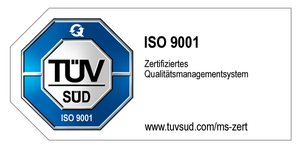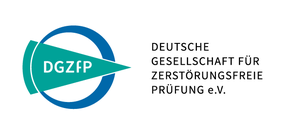Focus-Detector Distance
In industrial computed tomography (CT), the term "focus-detector distance" refers to the distance between the X-ray source and the detector that captures the CT image. This distance has a direct impact on the quality of CT images created by measuring the X-ray attenuation through the object being examined.
A larger focus-detector distance can lead to higher image quality and spatial resolution by reducing noise in the image and enabling finer details to be detected. A smaller focus-detector distance, on the other hand, can enable higher sensitivity to denser materials and higher penetration rates.
It is important to note that the focus-detector distance in industrial CT is often adjustable, and the optimal setting depends on various factors, including the size and density of the object being examined, the desired resolution, and the time available for CT image acquisition.
Furthermore, the positioning of the object in the CT system is also an important factor in determining the optimal focus-detector distance. For example, if the object is positioned close to the detector, a larger focus-detector distance may result in overexposure, while a smaller focus-detector distance may result in underexposure.
Overall, the focus-detector distance is an important factor in determining the optimal settings for industrial CT imaging and contributes significantly to image quality and accuracy of results.
We find the perfect solution for your project.
Contact us if you have questions to our services in the area of 3D metrology. We are looking forward supporting you in your success.



